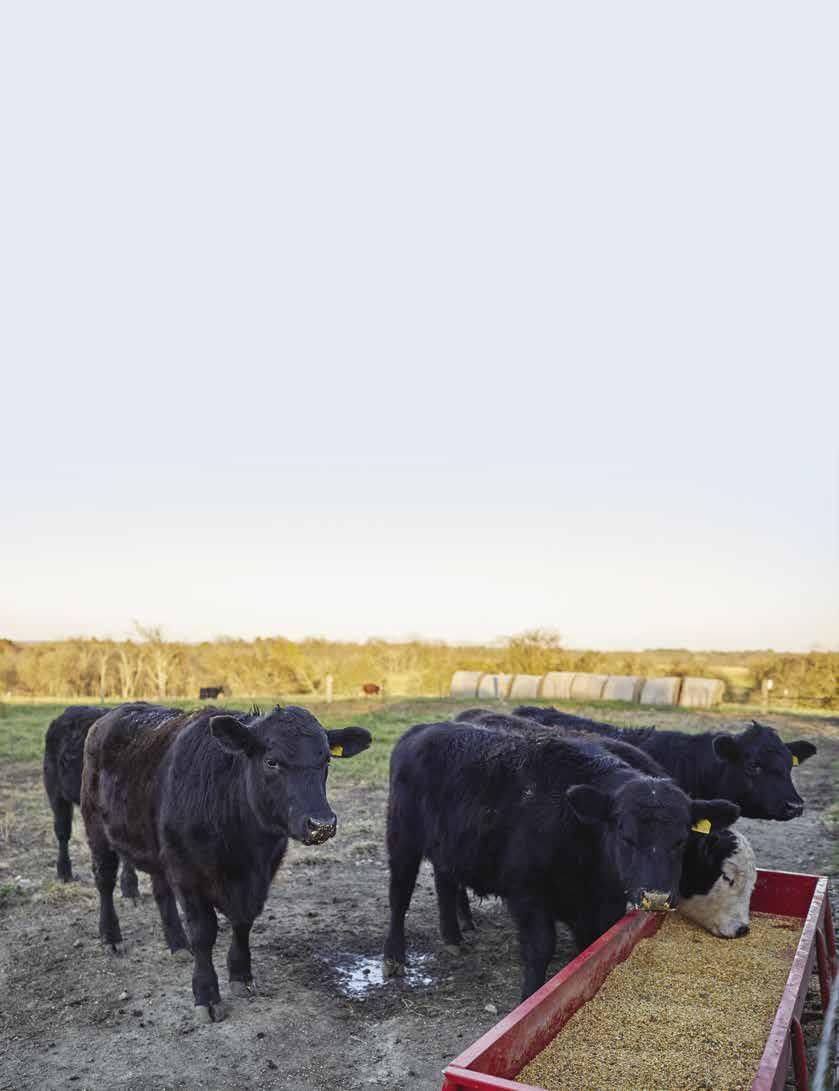AG INSIGHT
AG INSIGHT BY J I M E R I C K S O N
Population changes to shape food demand The number of people who call the United States home continues to grow. Results from the most recent decennial census show that the U.S. population increased from about 309 million people in 2010 to about 331 million in 2020. Projections released by the U.S. Census Bureau put the United States on track to reach more than 400 million inhabitants by 2060. Foreign-born residents are forecast to account for about 17% of the total U.S. population in 2060, up from 14% in 2020. Native-born residents, including children of immigrants, are expected to account for 83%. According to projections, as immigrants arrive from Asia and Latin America, the United States will grow more racially and ethnically diverse. Between 2020 and 2060, the Census Bureau predicts that individuals of Hispanic origin will grow from 19% to 29% of the total population. Non-Hispanic Blacks are forecast to rise from 12% to 13%. Non-Hispanic Asians are predicted to increase from 6% to 9%. And non-Hispanic Whites are predicted to decrease from 57% to 44% of the total population. These changes in population will likely reshape the types of foods people eat in the United States and how foods are consumed. Many factors, such as income, prices, age, household size and nutrition knowledge, shape a household’s food needs and choices. Along with these factors, race and ethnicity often play a role in food choices and may be associated with deep-rooted food customs. Since the early 2000s, the USDA’s Economic Research Service (ERS) has been examining how trends in the U.S. population might reshape food consump8
Cooperative Farming News
tion and diet quality. As the population diversifies, the demand for some agricultural commodities also changes. Data from the National Health and Nutrition Examination Survey (NHANES) are widely used to study U.S. food consumption patterns and trends. A USDA-supported survey component, called What We Eat in America, asks individuals to report all foods and beverages consumed over two nonconsecutive days. Food consumption records provided by 2011–18 NHANES participants confirm that individuals identify-
From farmers markets to supermarkets, increasing population diversity affects changing availability of food items.
























